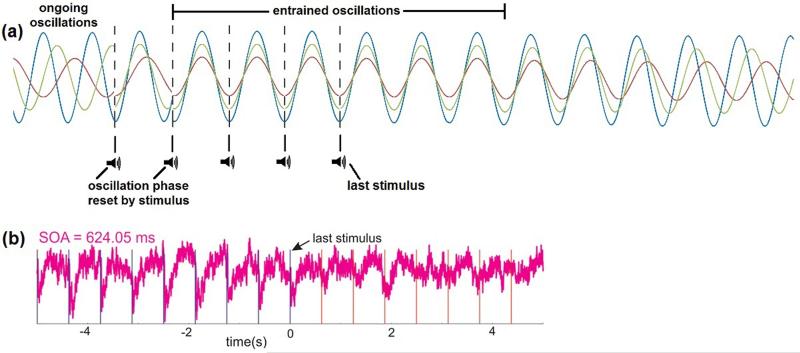Figure 1. Entrainment of neural oscillations.
(a) Stylized example of oscillatory entrainment by rhythmic auditory stimuli. The excitability of neural ensembles oscillates at various frequencies. The phases of ongoing oscillations are reset by the first stimulus. The second stimulus establishes a rhythm, and oscillatory frequencies adjust such that phases become aligned to this rhythm. As a consequence of entrainment, neural ensembles are in a particular state of excitability when stimuli occur. Oscillations remain entrained for several cycles after the last stimulus before eventually “falling out of phase” due to frequency changes. (b) Supragranular current source density trace recorded from a monkey showing entrainment of ongoing oscillations to rhythmic auditory stimuli. Blue vertical lines represent stimuli and red lines represent when stimuli would have occurred if stimulation had continued. Oscillatory phase remained entrained to the stimulation rhythm for several cycles after the last stimulus (adapted, with permission, from [12]).

